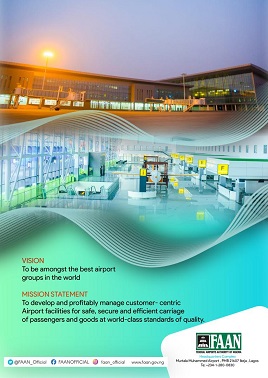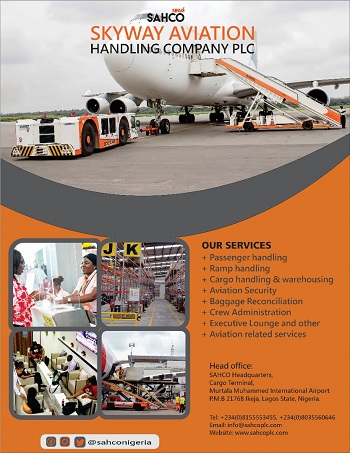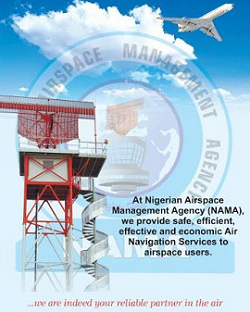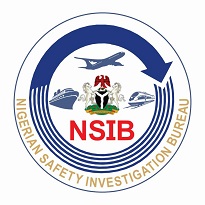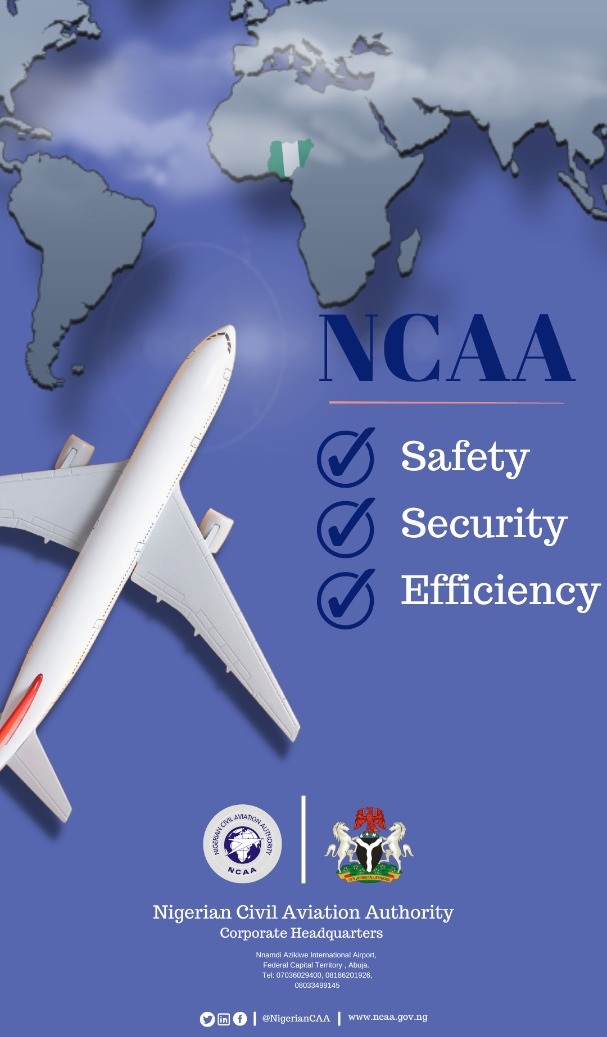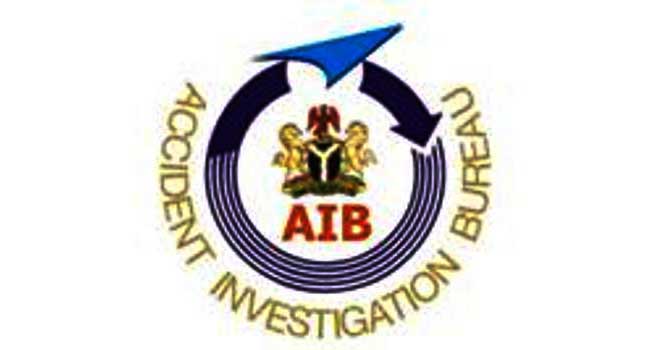
The Accident Investigation Bureau (AIB) has released four accident and serious incident reports, which occurred in the country between July 2004 and August 2015.
The AIB also made safety recommendations to the Federal Airports Authority of Nigeria (FAAN) and NCAA on one of the incidents.
Speaking on the reports, the Commissioner of AIB, Engr. Akin Olateru said that the current administration has achieved 52.1 per cent on publication of accident and serious incident reports and 47.4 per cent of safety recommendations since coming onboard in January, 2017.
Olateru in a press briefing with aviation journalists on today at Safety House, Corporate Headquarters of AIB at the Murtala Muhammed International Airport (MMIA), Lagos, observed that some of the accidents and serious incidents would have been averted if parties involved had adhered to safety policies in the industry.
The reports released by AIB included the accident involving Bristow Helicopters (Nigeria) Limited Sikorsky S-76C+ helicopters with the registration number 5N-BGD, which occurred on August 12, 2015 at the Oworonshoki area of Lagos.
The agency also released the accident report on Pan African Airlines Nigeria Ltd Bell 412 EP Helicopter with the registration number 5N-BDZ, which crashed near SEDCO Energy Platform on July 26, 2004 a few minutes after takeoff.
Also released were reports on two serious incidents involving an Emirates Boeing 777-200 aircraft with the registration number A6-EWD and Aero Contractors Nigeria Ltd B737-42C aircraft with the registration number 5N-BOB, which equally occurred in July 2015.
The Sikorsky S-76C+ helicopters with the registration number 5N-BGD had crashed into Oworonshoki lagoon with 12 persons onboard, including two crew members shortly before landing at Murtala Muhammed Airport, Ikeja.
There were six fatalities including the two pilots, while other six persons onboard sustained serious injuries.
The helicopter had departed SEDCO Express oil rig at about 14:55hrs with an endurance of one hour and thirty minutes maintaining 3,000ft with the estimated arrival at Lagos Airport at 15:36hrs, according to the crew information before departure from the rig.
Olateru explained that the helicopter experienced sudden un-commanded pitch up, yaw, and roll for about 12 seconds until it impacted water at about 15:31hrs, stressing that the pilots were neither able to make any form of distress call to Air Traffic Controllers (ATC), SEDCO Express rig or communicate with the passengers before impact.
He added: “Rescue operation was swift, prompt and carried out by local fishermen who were in the area. There were six fatalities, including two crew members and six seriously injured passengers. The crewmembers were recovered the following day. The helicopter was destroyed, but there was no post-impact fire.”
In its sole safety recommendation, AIB advised the Sikorsky Aircraft Corporation to redesign the affected control pushrod assembly by introducing wire lock or lock pins as safety features between the jam nut and the pushrod to enhance better security and safety.
On the accident involving Pan African Airlines Bell 412 EP Helicopter with the registration 5N-BDZ, which occurred near SEDCO Energy Rig Platform on July 26, 2004, Olateru stated that the erstwhile Accident Investigation and Prevention Bureau (AIPB) received its notification on July 28, 2004, which was 48 hours after the accident.
AIB in the report noted that the causal factor of the accident could not conclusively be determined but stated that the rostered Pilot in Command (PIC) was not the Pilot Flying (PF).
The report stated that the PF was rostered as the Pilot Monitoring (PM), adding that the crashed helicopter had a valid Certificate of Airworthiness (COA) at the time of the crash.
In its safety recommendation, like the Bristow Helicopters crash of 2015, AIB issued a sole recommendation of the crash.
AIB advised NCAA to ensure that heliport operators provide full weather report for helicopter operations.
On the serious incident involving an Emirates Boeing 777-200 aircraft with the registration A6-EWD, AIB emphasised that the aircraft had an impact with another B737-400 aircraft belonging to HAK Air with the registration 5N-BOU.
The accident had occurred at Lagos Airport on July 6, 2015.
According to the report, the Emirates aircraft with 285 passengers had requested to take off through the 18R runway, which the ATC replied that was unavailable at the time, but the pilot opted to use the 18Left runway for take-off.
The report added: “The crew asked for when the runway would be available. The tower reported that the time was not determined, but 18L was available. After determining the aircraft take-off performance, the crew accepted to use runway 18L. The Tower advised UAE782 that taxiing via taxiway C for runway 18L would be at pilot’s discretion due to aircraft wing span.
“However, the crew commenced the taxi and impacted a HAK Air Boeing 737-400 aircraft parked at the parking bay of the General Aviation Terminal (GAT), close to holding point runway 18L, at about 21:38hrs, damaging the rudder and the tail area of the HAK Air aircraft, while the Emirates aircraft sustained damage to its right wing tip.”
AIB made safety recommendations to the Federal Airports Authority of Nigeria (FAAN) and NCAA on the incident.
AIB further released a report on another serious incident involving Aero Contractors aircraft B737-42C with the registration 5N-BOB, which occurred on the same 18L runway of Lagos Airport on July 21, 2015.
It however made two safety recommendations to FAAN and the Nigerian Airspace Management Agency (NAMA) on the serious incident.
The AIB’s recommendations to FAAN are:
Make the lighting at General Aviation apron area serviceable.
Prepare its work schedule to include a time frame so as to enable stakeholders plan appropriately.
Endeavour to make the Taxiway B Runway 18l?36R leading to the holding point Make apron markings at the General Aviation Terminal legible and enforce standard parking practice
To NCAA, AIB recommended that the regulatory agency should intensify its oversight function to ensure adherence to Standard parking practice and availability of legible markings at the General Aviation Terminal
Olateru however concluded that the purpose of accident investigation, however, is not to apportion blame or liability but to prevent future recurrence of similar incident.


